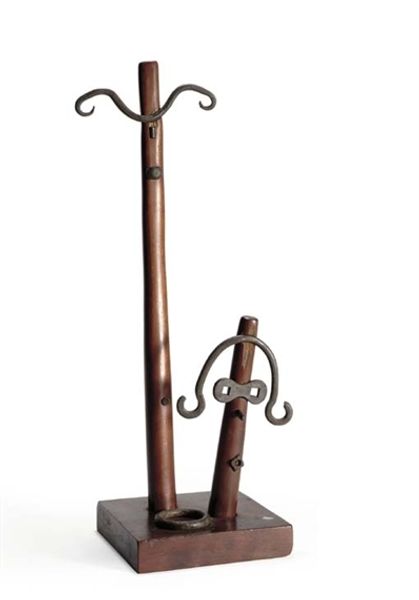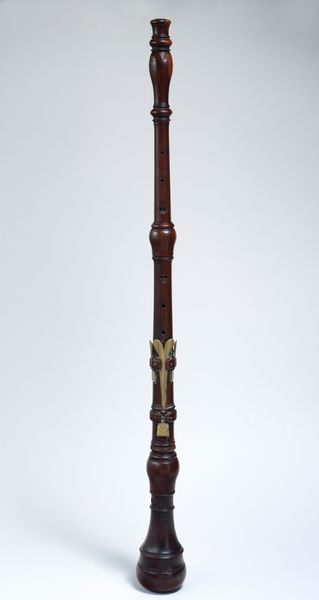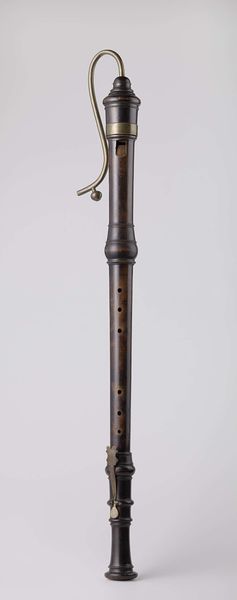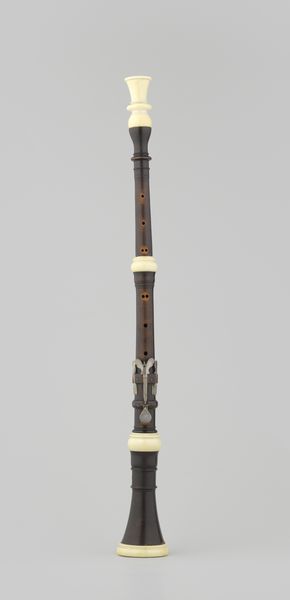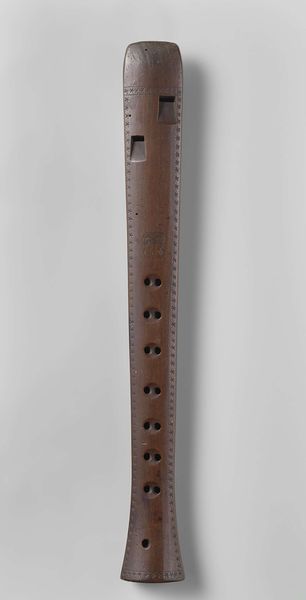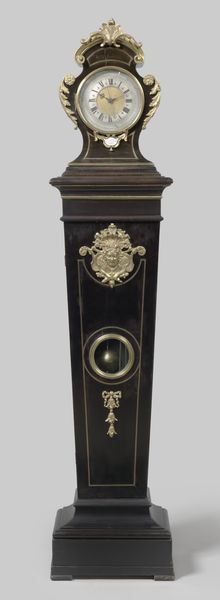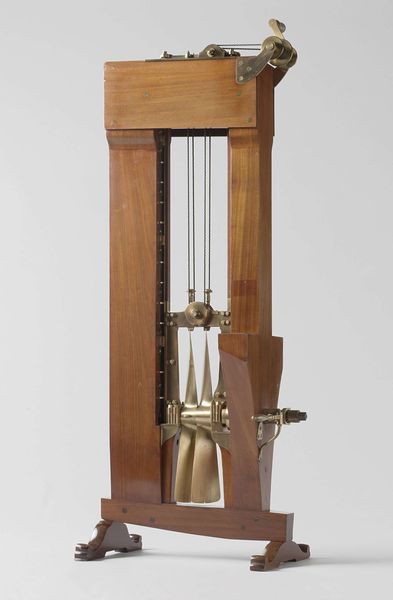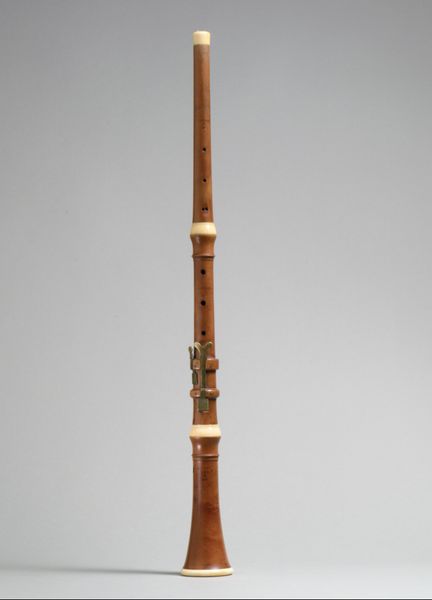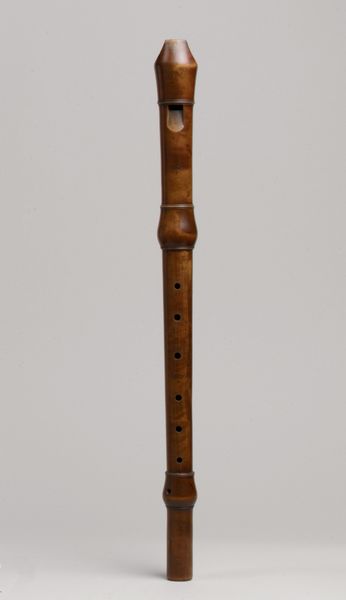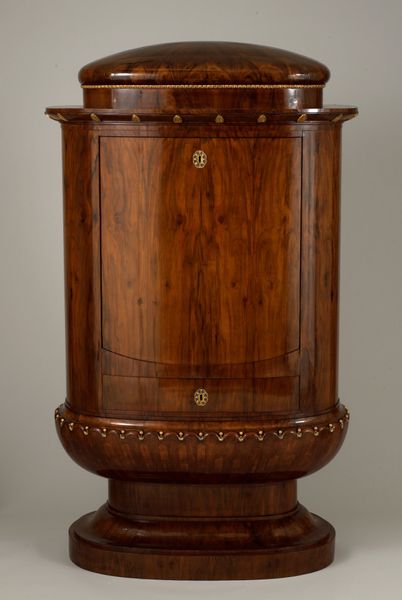
Tobacco box and pipe holder (tanpakuop) c. late 19th century
0:00
0:00
carving, wood
#
carving
#
asian-art
#
japan
#
wood
#
decorative-art
Dimensions: 14 3/4 × 7 1/2 × 2 5/8 in. (37.47 × 19.05 × 6.67 cm)
Copyright: No Known Copyright
This exquisitely carved tobacco box and pipe holder was made by an anonymous Japanese artist. It provides a fascinating glimpse into a specific moment in Japanese social history. During the Edo period, from the 17th to the mid-19th century, tobacco use became deeply entrenched in Japanese culture, influencing social rituals and artistic expression. Smoking accessories, like this meticulously crafted set, transcended mere functionality to become symbols of status and taste. The intricate carvings and refined materials indicate a patron of considerable means. The designs are very important because they reflect social status, the rising merchant class, and the culture of the time. To understand this tanpaku-ire, we can draw upon a range of historical sources, from sumptuary laws regulating personal adornment to the woodblock prints depicting fashionable urban life. These resources illuminate the complex interplay between art, commerce, and social identity in Edo-period Japan.
Comments
minneapolisinstituteofart almost 2 years ago
⋮
This smoking kit consists of a tobacco box and pipe holder, to which a pipe would have once been attached. Prestige accessories of Ainu men, smoking kits were prominently carried on the belt; the pipe holder was tucked through the belt, leaving the box to dangle. Records show that when Ainu men met for the first time, they exchanged their kits for a smoke and to provide an opportunity to admire each other’s kit.
Join the conversation
Join millions of artists and users on Artera today and experience the ultimate creative platform.
